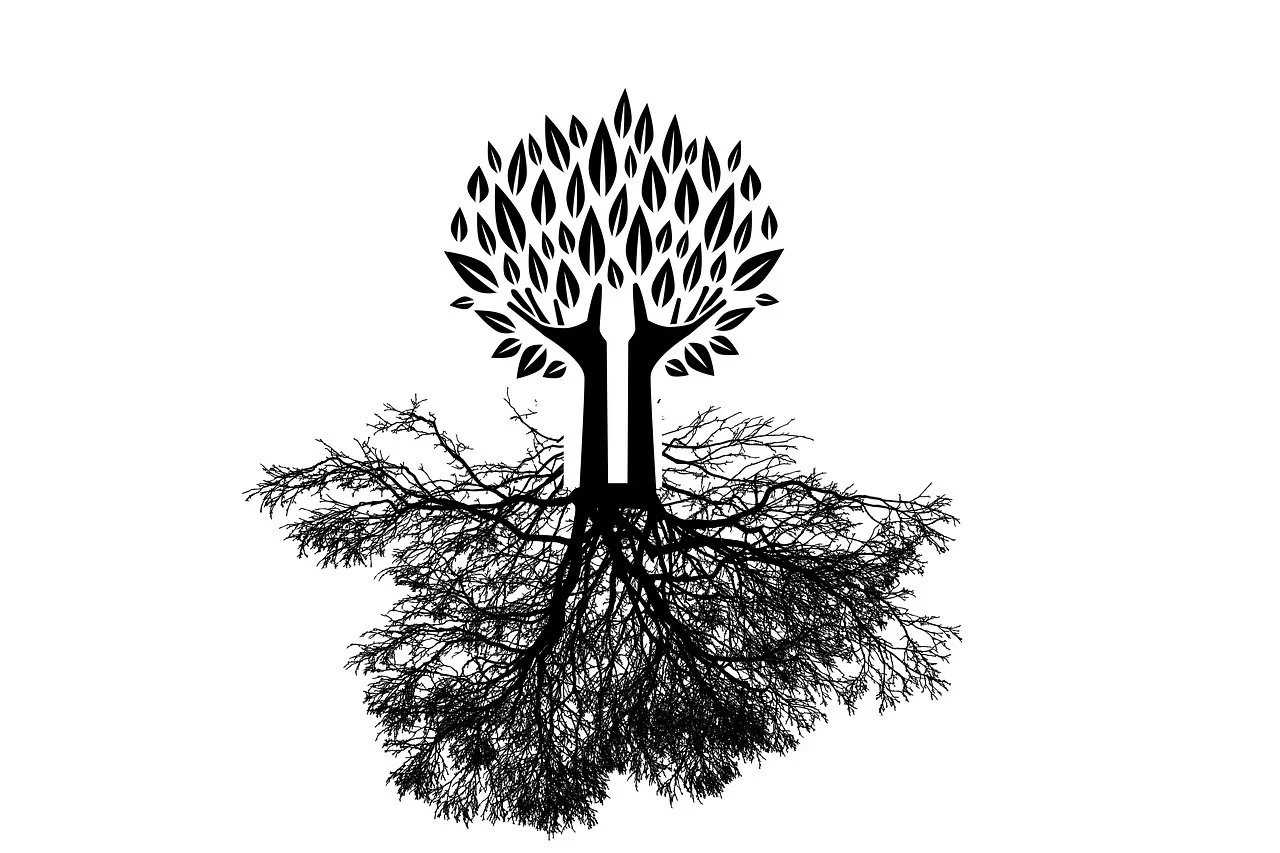
Understanding Core Beliefs: How Early Experiences Shape Your Identity
Discover how your core beliefs shape your authentic self — and unlock the path to true self-awareness and growth

Discover how your core beliefs shape your authentic self — and unlock the path to true self-awareness and growth